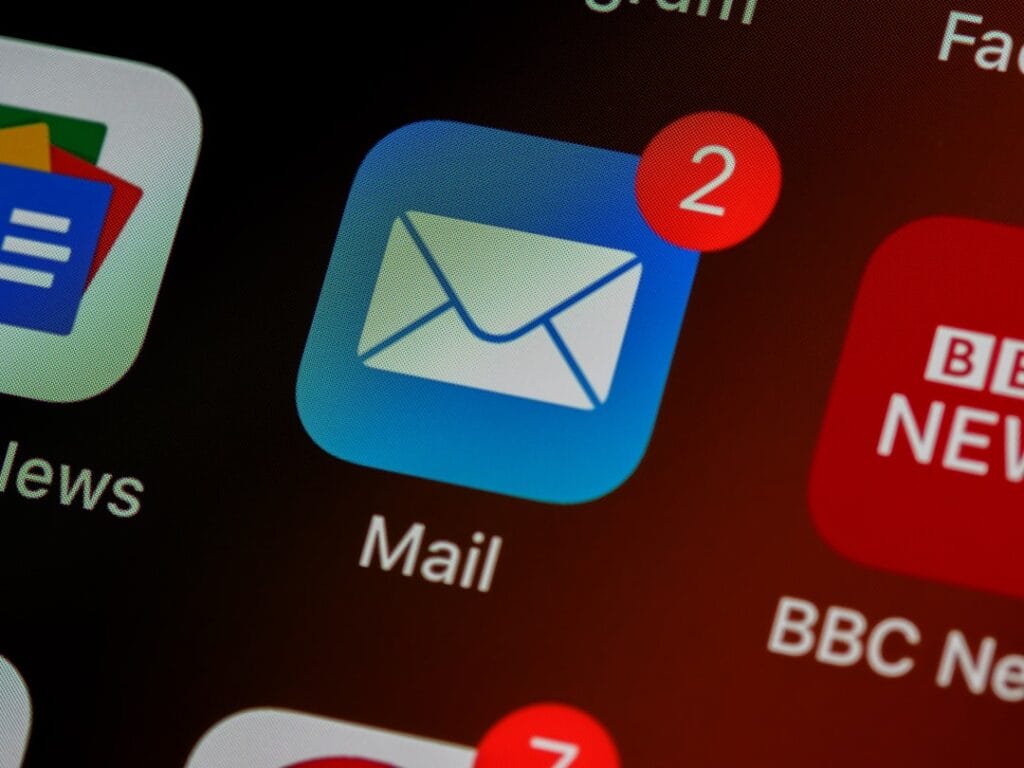To help you boost your sales, it may be interesting to focus on nudge marketing. This technique allows you to bring more finesse to your commercial approaches. But what is it exactly? Where does this technique come from and why integrate it into your strategy? So many questions that deserve clarification.
Nudge marketing or incentive marketing can currently be considered an effective communication tool. More and more marketers, especially in Europe, are starting to adopt this technique in their commercial strategy.
Nudges aim to encourage consumers to freely make a purchasing decision. Which means that the consumer will take the action envisaged by the brand. “Nudge” means “nudge”. Nudge marketing is therefore a sales incentive lever. It’s a bit like a trigger that acts on buyers’ purchasing behavior. But to use them effectively, you must first learn how to use them. And this article will tell you how to do it!
What is the principle of nudge marketing?
NUDGE Marketing is a marketing method that aims to influence consumer behavior. The idea is to use subtle and indirect incentives rather than direct arguments. Nudges motivate people to make a particular decision, without forcing them to do so. They can take different forms, such as pre-established choices, personalized , forwarding of products already purchased, etc.
Consumers can easily be influenced by small incentives designed to boost their attention and motivation. And the best part is, they won't even be aware of these stimuli. By using nudges, marketers can encourage prospects to purchase products they might not have otherwise purchased, or to engage in a desired behavior, such as signing up for a service.
However, it is important to emphasize that nudge marketing can be perceived as manipulative or deceptive. It should not be used excessively or use them to deceive consumers. For this reason, marketers must be aware of the potential impact of their approach. They must ensure that the nudges they use are ethical and respectful of consumers. Otherwise, they will be able to make a bad impression of the brand. In this case, instead of helping for sale , nudges will have the opposite effects, and even worse.
SEE ALSO: the factors that influence the B2B purchasing decision >>
Where does the nudge marketing technique come from?
The origins of nudge marketing date back to behavioral economic theory. People don't always make rational decisions. They are often influenced by emotional and psychological factors. In the 1970s, American psychologist Cass Sunstein and Nobel laureate economist Richard Thaler developed this theory. They explain why people don't always make decisions that are in their best financial interest.
In 2008, Sunstein and Thaler published a book called "Nudge: Improving Decisions About Health, Wealth, and Happiness." In this work, they presented the notion of “nudge” as an effective method to encourage people to make better decisions. A nudge is defined as a subtle encouragement that motivates people to act in their own self-interest without giving them specific instructions.
Since the publication of the book, the concept of nudge has been applied to many areas, including marketing . customer loyalty programs , to leave opinions or to interact with content on social networks. Examples of marketing nudge include techniques such as:
- The presentation of personalized ,
- The use of testimonials and social proof,
- Implementation of simplified ordering processes to facilitate purchases.
Apart from this, nudge marketing has also been adopted by famous politicians such as David Cameron or Barack Obama. Subsequently, many countries around the world began to integrate this technique into their government strategy.
4 examples of well-thought-out nudge marketing
To give you a better idea of what nudge marketing is, we'll show you some examples that have happened in the real world. However, if you want to reproduce the same examples, this may no longer work. But the principle is that you can be inspired by it.
1 – Fly-shaped urinal toilets
In the Netherlands, Amsterdam Schiphol Airport had a problem with urine splashing around the urinals in the men's toilets. To solve this problem, they simply added a small image of a fly to the center of each urinal. Men were then encouraged to aim for the fly, which significantly reduced urine splashing around the urinals.
2 – McDonald’s “healthy” strategy
McDonald's has added healthier options to its menu to encourage customers to make healthier choices. For example, they replaced fries with fruits and vegetables and added salad options. They also added nutritional information to their menu to help customers make more informed choices. Thanks to this method, the company could present an innovative offer while maintaining customer satisfaction .
3 – Google reduces its plates
Among the largest companies, Google is one of those that offers “free food” to all of its staff. Clearly, at their home, the meal is served as desired. But at the same time, the company wants its employees to eat lighter and maintain optimal health. She therefore decided to reduce the size of the plates in these canteens. The taste and appearance of the meal have not changed, but the company has achieved its original goal. The portion allocated to each employee is reduced and therefore their daily consumption. It is also a way for the company to reduce its costs.
4 – The initial price and badges of products on Amazon
Amazon is the most popular marketplace in the world today. It is normal for it to use the nudge marketing technique, particularly with regard to the initial price of products and badges. Indeed, it suggests an initial price to buyers in order to influence their purchasing decisions. Crossing out a higher price next to the reduced price of the product is a great way to convince the buyer. The latter will immediately begin to calculate the savings he could make by making the comparison.
As for badges, these are also smart tips that have a direct impact on the choice of buyers. Mentions such as "popular" or "there are only a few copies of this product in stock" can be considered as "nudges" in the field of e-commerce . For example, people who like fashionable products will be immediately enthusiastic by the "popular" label, which will interest them more than the other products presented on the Amazon product page.
Other forms of marketing incentives to discover
It should be noted that nudge marketing can take many forms depending on the circumstances and objectives of its use. The examples cited above are only a selection among others.
Here are other forms of nudge marketing you should know about as a bonus:
1 – Default choices
Default choices are another example of nudge marketing. For example, when you buy a new laptop, antivirus software is often preinstalled and set to run automatically. This incentivizes consumers to continue using the default antivirus software, rather than researching, purchasing and installing new software.
2 – Subtle messages
Subtle messages are also used in nudge marketing . For example, a company might display a message on its website indicating that a large number of people have purchased a particular product. This may encourage consumers to purchase the product because they feel like many other people have already purchased it and therefore it is popular and reliable.
3 – Positioning choices
In a supermarket, positioning choices can be used to encourage consumers to purchase certain products. For example, children's products are often placed at children's eye level. This encourages parents to purchase these products in response to their children's demands.
Points to remember in this article:
NUDGE Marketing is a strategy which consists in influencing consumer behavior in a subtle way. The objective is to push them to a specific decision without openly imposing this decision. Here are the key points you should remember:
- Nudge marketing is based on the principles of behavioral psychology, which studies how people make decisions and how they are influenced by their environment.
- Nudges are stimuli that nudge buyers to take an action, without making them feel like they are being steered in that direction. Nudges can be visual, verbal or contextual.
- Nudges can be used to encourage consumers to purchase specific products or sign up for services.
- Nudges are not coercive and do not deprive consumers of their freedom of choice. They can be used ethically to help consumers make more informed decisions.
- Nudge marketing is often used by companies to increase their sales and turnover. However, it can also be used by non-profit organizations to encourage behaviors that benefit society.
- Nudges are not a miracle solution and do not work every time. Their efficiency depends on several factors, such as the relevance of nudge, the way it is presented and the receptivity of the target public .





